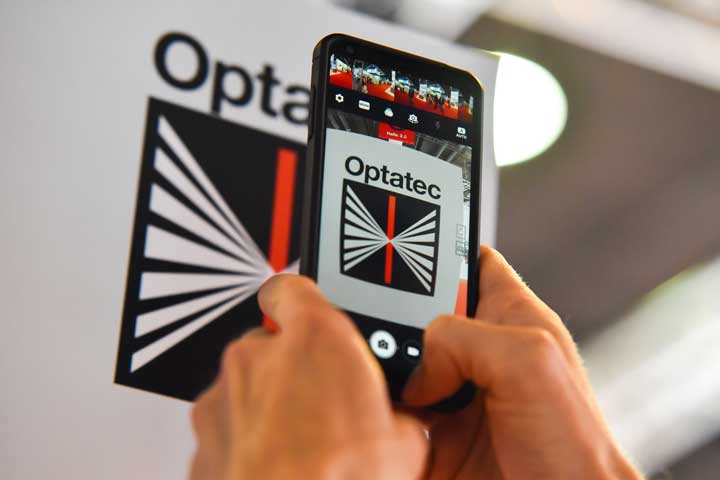Technical lecture
Laser-Assisted Diamond Turning to Enable Deterministic Polishing of Glass Optics
15. May 2024 from 11:00 to 11:40 Clock
hall 3.1 booth 831FORUM
CEO Dr. Deepak Menon, Micro-LAM, Inc., Portage
Product group: Optical components and materials
Laser-assisted diamond turning has been shown to reduce tool wear, improve productivity, and achieve better surface specifications (including roughness and form) for traditionally diamond turnable materials for infrared optics. Amorphous glass being typically harder than IR materials, thus, diamond turning is less effective compared to traditional grinding and polishing methods. However, traditional grinding and polishing come with drawbacks, such as introducing significant subsurface damage ranging from 20-60 µm, necessitating removal during the polishing process, known as grey out. During grey out polishing, the optical axis can wander, leading to errors between the mechanical axis and optical axis when polishing aspheres. Moreover, sub-aperture polishing steps add mid-spatial frequency errors with each subsequent iteration before form convergence to a low irregularity.
Laser-assisted diamond turning for amorphous glass shows promise as a method for rapidly producing near-net optics with minimal sub-surface damage.. This enables two critical gains for optics manufacturing: 1) glass optics can be polished to finished specifications much more quickly than with traditional grinding and polishing; and 2) mechanical tolerances such as wedge and sag can be maintained with precision, reducing manufacturing errors in aspheric optics.
In this work, we present data showing that subsurface damage can be reduced to <3 µm for glass optics. Additionally, we demonstrate that form accuracy remains better than 500 nm for even after 10 or more diamond turning passes, indicating extended tool life and high level of conformity to near-net shape.
Keywords: laser-assisted machining, diamond turning, OPTIMUS, aspheric polishing, sub-aperture polishing, wedge, sub-surface damage
Laser-assisted diamond turning for amorphous glass shows promise as a method for rapidly producing near-net optics with minimal sub-surface damage.. This enables two critical gains for optics manufacturing: 1) glass optics can be polished to finished specifications much more quickly than with traditional grinding and polishing; and 2) mechanical tolerances such as wedge and sag can be maintained with precision, reducing manufacturing errors in aspheric optics.
In this work, we present data showing that subsurface damage can be reduced to <3 µm for glass optics. Additionally, we demonstrate that form accuracy remains better than 500 nm for even after 10 or more diamond turning passes, indicating extended tool life and high level of conformity to near-net shape.
Keywords: laser-assisted machining, diamond turning, OPTIMUS, aspheric polishing, sub-aperture polishing, wedge, sub-surface damage
